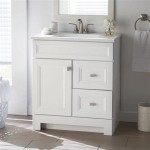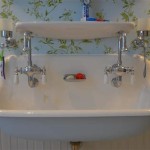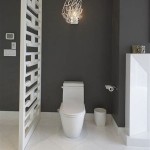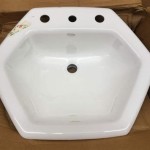Get Mold Off Ceiling Bathroom: A Comprehensive Guide
Mold growth in the bathroom ceiling is a common problem, often stemming from excessive moisture and poor ventilation. Not only is mold unsightly, but it can also pose health risks, particularly for individuals with allergies or respiratory issues. Addressing mold growth promptly and effectively is crucial to maintaining a healthy and aesthetically pleasing bathroom environment. This guide provides a comprehensive approach to getting mold off your bathroom ceiling, covering essential steps from prevention to removal and remediation.
Understanding Mold Growth in Bathrooms
Mold thrives in moist environments with limited airflow. Bathrooms, due to their inherent dampness from showers, baths, and steam, are susceptible to mold growth. The ceiling, often a poorly ventilated area, becomes an attractive breeding ground for mold spores. Mold spores are microscopic organisms present in the air, and they can quickly colonize damp surfaces, forming visible patches of black, green, or white.
Mold growth can have several negative consequences:
- Health Risks: Mold spores can trigger allergies, asthma, and other respiratory problems. In extreme cases, mold exposure can lead to serious illnesses.
- Structural Damage: Mold can damage building materials, compromising the integrity of your ceiling.
- Aesthetic Issues: Mold stains are unsightly and can detract from the overall appeal of your bathroom.
Preventing Mold Growth
The most effective approach to dealing with mold is to prevent it from forming in the first place. Here are some essential preventive measures:
- Improve Ventilation: Ensure adequate ventilation in your bathroom by using an exhaust fan during and after showers and baths. Consider upgrading to a more powerful fan or installing a second fan for better air circulation.
- Reduce Moisture: Minimize moisture build-up by wiping down surfaces after showers or baths. Pay particular attention to areas around the shower and tub, as well as the ceiling.
- Address Leaks Promptly: Repair any leaks in plumbing fixtures or roof promptly to prevent water damage and subsequent mold growth.
- Use Dehumidifier: In humid climates or if your bathroom lacks sufficient ventilation, consider using a dehumidifier to extract excess moisture from the air.
Removing Mold from the Ceiling
If you have discovered mold on your bathroom ceiling, it's essential to remove it thoroughly to prevent its spread and potential health hazards. Here's a step-by-step guide to removing mold from the ceiling:
- Protect Yourself: Wear protective gear, including a respirator mask, gloves, and eye protection, to prevent inhaling mold spores and skin contact.
- Ventilate the Area: Open windows and doors to improve air circulation and minimize mold spore exposure.
- Prepare the Cleaning Solution: Mix a solution of bleach and water (1:10 ratio). Alternatively, use a commercial mold cleaner specifically designed for bathroom surfaces.
- Apply the Solution: Apply the cleaning solution to the moldy area using a spray bottle or sponge. Be sure to saturate the entire affected area.
- Scrub and Rinse: Gently scrub the mold with a stiff-bristled brush. Rinse the area thoroughly with clean water.
- Dry the Area: Allow the ceiling to dry completely. You can use a fan to expedite the drying process.
- Repaint or Seal: After the ceiling has dried, consider repainting or sealing the affected area with a mold-resistant paint or sealant to prevent future growth.
Remediation and Professional Help
In cases of extensive mold growth or if you suspect the presence of black mold, it's crucial to consult with a professional mold remediation specialist. They have the expertise and specialized equipment to assess the extent of the problem, remove the mold safely and effectively, and prevent its recurrence. Professional remediation often involves the following steps:
- Inspection and Testing: A professional will inspect the affected area and conduct tests to identify the type of mold present and determine the extent of the contamination.
- Containment: The affected area will be contained to prevent the spread of spores to other parts of your home.
- Removal and Cleaning: The mold will be removed using specialized techniques and equipment.
- Dehumidification and Drying: The area will be dehumidified and dried thoroughly to prevent future mold growth.
- Reconstruction and Restoration: If necessary, repairs and restoration work will be undertaken to restore the affected area to its original condition.

Bathroom Ceiling Mold Removal When To Clean Call Branch Environmental

Cleaning Mold From Bathroom Ceilings Like A Pro Lovetoknow

Don T Let Mould Take Over How To Remove It From Your Ceiling

How To Remove Black Mold From A Bathroom Ceiling

What Is The Best Way To Remove Mold From Bathroom Ceiling

Cleaning Mrs Hinch Fans Share Tips To Remove Ceiling Mould Express Co

Mold On Bathroom Ceiling How To Clean Off

How To Remove Mould From Your Bathroom Ceiling Cleanipedia Za

Mold On Bathroom Ceiling How To Clean Off

Remove Bathroom Mould From Your Ceiling







